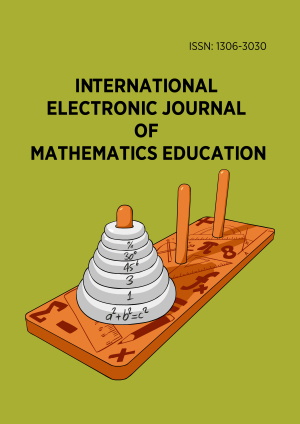Abstract
The main objective of the research is to analyze the cognitive attributes offered by Information and Communication Technologies to promote mathematical software as a model of teaching and learning. In the study, the software was used as a motivating didactic resource for the construction of meaningful learning. One hundred students of the first semester of Universidad Iberoamericana of Ecuador participated in this research. For the selection of the sample it was applied a non-probabilistic participatory type technique. The study was developed according to the approach of mixed methods of sequential explanatory design. The researcher organized the article in two phases: the first phase was quantitative. Quantitative results were obtained by applying a questionnaire to the students. The data demonstrated the need for change in university mathematics education. For students in the first semester, it was implemented the Wiris and Geogebra operational program during the qualitative phase. Moreover, the observation guide made it possible to collect qualitative information. The results of both phases were joined through the triangulation method. In conclusion, it is proposed the use of software as a model of teaching-learning process. It is highlighted the importance of active group knowledge sharing.
License
This is an open access article distributed under the Creative Commons Attribution License which permits unrestricted use, distribution, and reproduction in any medium, provided the original work is properly cited.
Article Type: Research Article
INT ELECT J MATH ED, Volume 13, Issue 3, October 2018, 261-271
https://doi.org/10.12973/iejme/3907
Publication date: 02 Oct 2018
Article Views: 5710
Article Downloads: 4221
Open Access References How to cite this article
 Full Text (PDF)
Full Text (PDF)